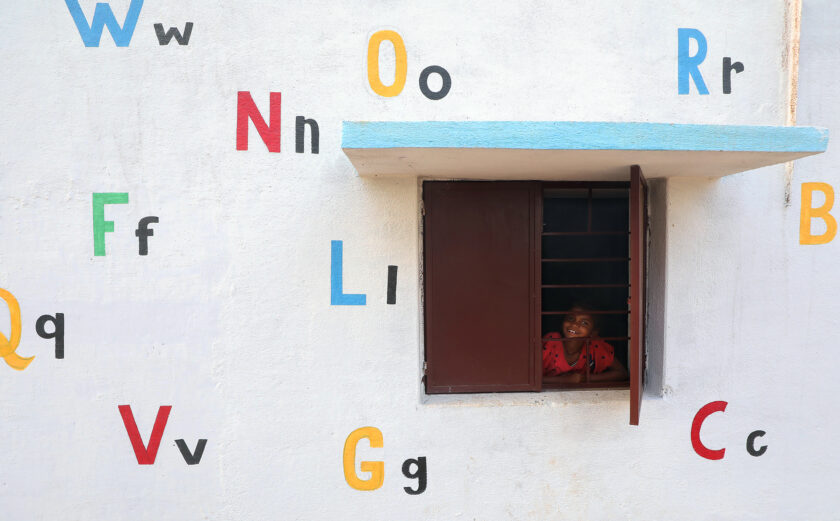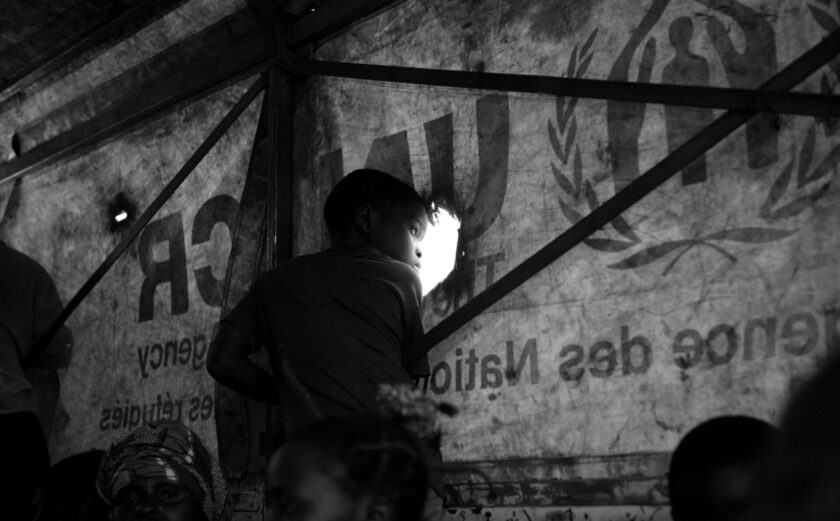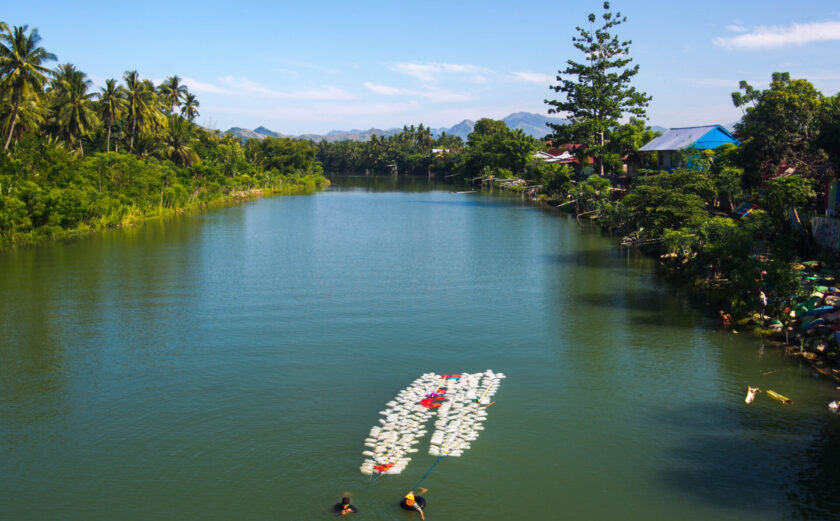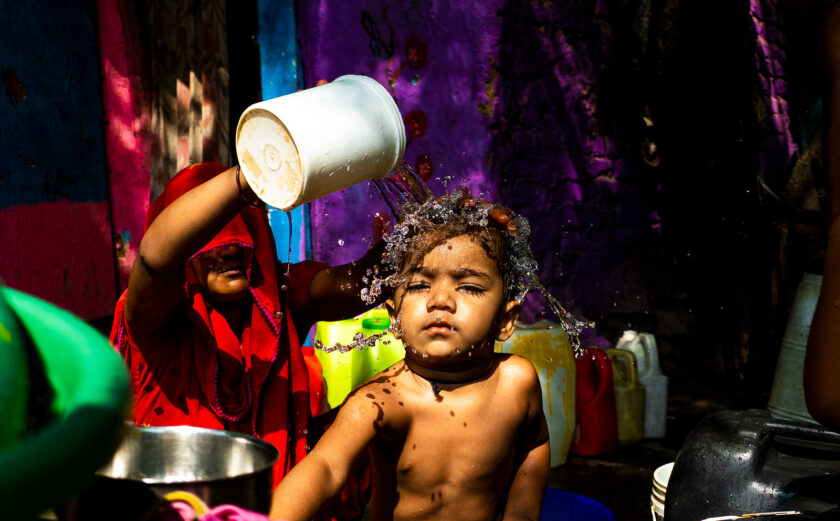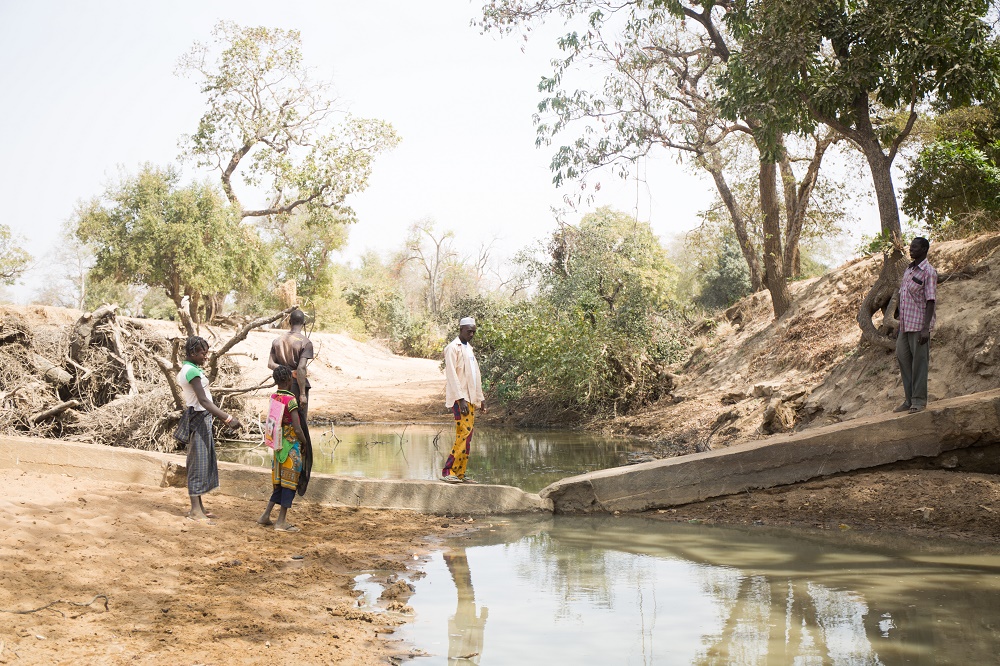
Building Water and Sanitation Systems to Survive Climate Change
As anyone with an internet connection will know, Hurricane Florence pummeled the Carolinas and caused ongoing, devastating flooding this month. Unfortunately, this isn’t an isolated incident. In July, towns throughout India’s state of Kerala were inundated by monsoon floods and the clean-up will take considerable time, effort and money.
The impact on the communities affected will be dire and long-lasting.
Water, water everywhere, not a drop to drink
Around the world, climate change is already compromising our most precious resource: access to water. Today, less than one percent of the world’s water is available to drink. As extreme weather events increase, the threat to drinking water will also increase.
Taps, toilets and wells
One way to tackle this is to build resilient water, sanitation and hygiene systems. Sustainability is key, as the demands made on the taps, toilets wells (and more) are intense and they must be built to withstand the extremes of climate, whether drought or flooding.
Why focus on water?
The short answer is that clean water and reliable sanitation systems, systems that are built to withstand extreme weather conditions, save lives, both in the short-term and beyond.
Everyone knows that secured wells and pumps provide clean water so people don’t have to drink contaminated water from unreliable sources like ponds or rivers. Reliable sanitation close to home stops human waste spreading deadly diseases. Simple, affordable and reliable solutions like this are the foundation for the health of a community and they are also vital in a community’s recovery after an environmental disaster.
It’s complicated
There is no ‘one-size fits all’ model. No two water projects are the same, what works in one community might not work in another. In Burkina Faso, WaterAid has helped communities monitor the threats of climate change and track their own water supplies.
In Nicaragua, WaterAid is working to provide affordable solutions like rainwater harvesting tanks, which allow families to store clean water in times of scarcity.
What it looks like on the ground
These simple but varying solutions are the bedrock of development. Climate change is an added challenge in trying to end the water crisis but all water engineers now factor in the effect of climate extremes, whether drought or flooding, when planning their projects.
There is another way
Building sustainable water projects is one approach, but beyond the engineers, community leaders and project managers working in the field, we also work at the government level, to emphasize the connection between climate change and universal access to water, sanitation and hygiene.
You can’t have one without the other. Not anymore and not if you want a project to succeed and have an impact today, tomorrow and beyond.
So whether it’s in the field or on the Hill, WaterAid remains focused on keeping the link between climate change and the right to clean water at the center of the conversation.
Together, let’s ensure that both policies and projects are all working for the same goal: universal access to clean water.
This blog post was written by Robyn Fischer, Associate Director, Government Relations, WaterAid America
